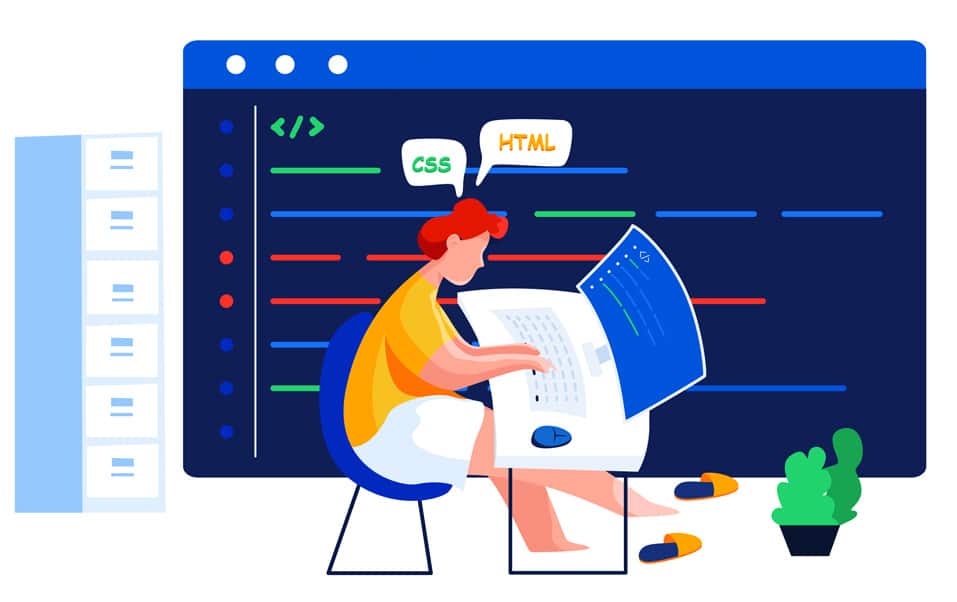There’s no doubt that small businesses will be the hardest hit from the current COVID-19 pandemic. The bigger businesses have a better chance of surviving; however, small businesses tend to live only with a few months of cash flow (at most), so when something as significant as this hits, it can be devastating not only for the small business owner, but also for the employees they support. So, how can small businesses survive the turbulent times coming ahead in 2020? There’s no easy answer; however, here are a few points to start implementing and planning at least for the next three months.

1. Don’t panic, take care of yourself, and keep calm
This can be difficult especially when cash is running out, but remember to take care of yourself in a way that works for you- for instance, eat well, and try to get some exercise in. Taking care of yourself will help you to keep calm, which in turn will also mean keeping your staff calm, and ultimately, a healthier mindset for everyone to come up with innovative ideas to move forward. If faced with some difficult decisions, take time to balance yourself and your mind before taking any drastic decisions. In what is a very dynamic and rapidly changing situation, sometimes taking a step back to reassess, asking for trusted opinions, and also keeping perspective will help. Things will get better, and you aren’t in this alone. Ask for emotional support where you can, and when you need it.
2. Tap into resources provided by government and financial institutions
Governments around the world are already putting together initiatives to support small business owners, and this is something that is evolving on a daily basis. Be up to date with how your governments can help cut costs, as well as other important institutions, such as banks who also have a social responsibility. If you’re registered in more than one market, explore support options in both markets. For example, you can find out more about the UK government support for small businesses there, and we are also waiting to hear from the Dubai government about a stimulus package to support SMEs in Dubai, which should be announced shortly.
3. Make a three-month financial plan
Every small business usually has the same key expenses, which include employee salaries, office rent, and utility bills. Further expenses range from industry to industry.
Speak to who you need to pay in the next three months (landlord and suppliers), and find out what options you have to spread out the costs. Chances are they may already have options in place, or will be understanding, as it’s in their interest to keep your business. Always be careful when you come up with payment plans with other small businesses, as they also need to keep afloat too, so this should be fair for both of you.
Look at your personal finances, and speak to people you may support to have a realistic discussion on how to control your personal spending for the next three months. What costs are necessary, what can be put on hold? If you have a partner supporting you as you grow your business as the breadwinner, have an open and honest discussion with them about your immediate and long-term plans for the business.
Also, look at ways you can cut costs. But use this as a last measure after we have seen at least two months of damage from the COVID-19 pandemic. Your biggest costs would usually be your staff and your office rent. You could perhaps freeze hiring any more full-time employees, and instead work on a project basis with freelancers. You could also consider downsizing your office, and using a co-working space to have more affordable and flexible payment terms.
4. Find the opportunities
It’s never nice to capitalize on events such as this, but they can also be a wake-up call to reconsider how you have been doing business. In this case, is your business model able to survive the changes that will come from the COVID-19 pandemic? How do you expect your customers to behave moving forward? What will and won’t matter to them, and how can you accommodate who will likely be a new type of customer? Can you digitize any of your products or services, and start offering them online? Can you implement technology to balance any loss of earnings by offering new ways to connect with your customers?
5. Upskill your staff
Wherever possible, try your best to keep your staff– they rely on you, and if you have managed a good team, they should be supporting you. You could train your existing staff on additional skills, which could make them more productive and efficient, rather than hiring more staff. There’s plenty of online courses that are very affordable, and these will allow them to focus on other areas of the business when their department is down- for instance, your sales team could perhaps also help out the marketing team. We at The Co- Dubai have launched an e-course on digital marketing for small businesses that is a great way to learn how to create digital marketing strategies and implement them, and it can be done from home while you or your team is self-isolating. Look for courses and resources similar to this that most match your needs and also your budget during this time.
This article first appeared on Entrepreneur.com





